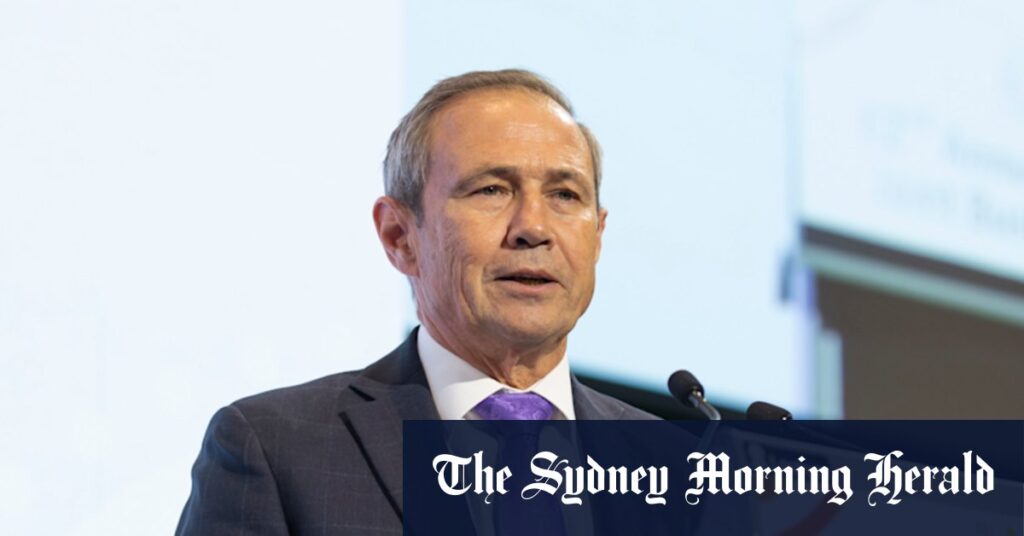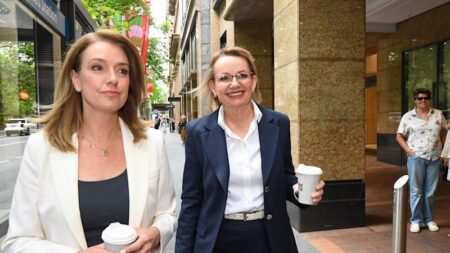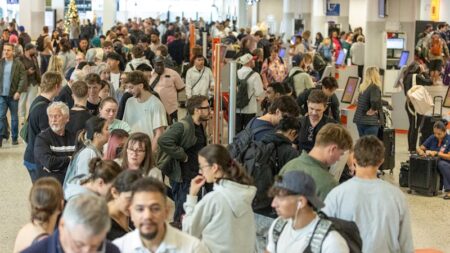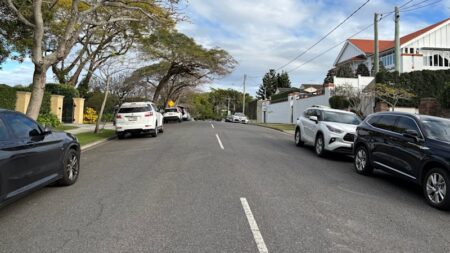“We believe and agree with the Prime Minister when he says he wants 25,000 homes in Western Australia built each year, and we’re getting somewhere around about 21,000, we’re getting very close to that target number,” he said.
“But to do that, we need the workforce, and we need the workers in droves, in our mining industry, in our construction industry, in our housing construction industry.”
Industry groups backed Cook with Property Council WA Executive Director Nicola Brischetto saying any boost to residential construction worker numbers was welcomed.
“Western Australia faces a unique challenge in meeting its residential construction workforce needs because of competition with the high-paying resources sector,” she said.
“There will be no shortage of demand for housing in WA for the foreseeable future.
“Any additional measures to boost capacity in state’s residential construction workforce should be considered and would be welcomed by industry.”
Chamber of Minerals and Energy WA director policy and advocacy Anita Logiudice said the reality was that holes in residential, resources and energy sectors could not be plugged through locally trained workers alone.
“Electricians, automotive trades and vocational trainers remain in particularly short supply and there are still not enough apprentices in training to meet forecast workforce requirements,” she said.
“The long lead time to develop skilled workers exacerbates the issue and the shortages are acting as a handbrake on both the resources and construction sectors.
“Access to global talent is also particularly important as WA seeks to grow and diversify its economy, with significant opportunities available to the state in minerals processing and manufacturing, low-emission fuels, carbon capture and storage and defence.”
Cook’s letter comes in the midst of a heated national debate about Australia’s migration program.
Last month Canning MP and Coalition backbencher Andrew Hastie created headlines by blaming the housing crisis and pressure on health and school systems on a boom in overseas migration.
“Historically, the 20-year average for the NOM from the year 2000 to 2019 was about 190,000 people per year. Post COVID, Net Overseas Migration has exploded,” he said in a widely shared Facebook post.
“In 2023-24, the NOM was 446,000 people, the largest group being temporary students, with 207,000 arrivals. In the last two years, we’ve added nearly a million extra people to our population. Australians are feeling the impact of Labor’s immigration policy.”
Start the day with a summary of the day’s most important and interesting stories, analysis and insights. Sign up for our Morning Edition newsletter.
Read the full article here














